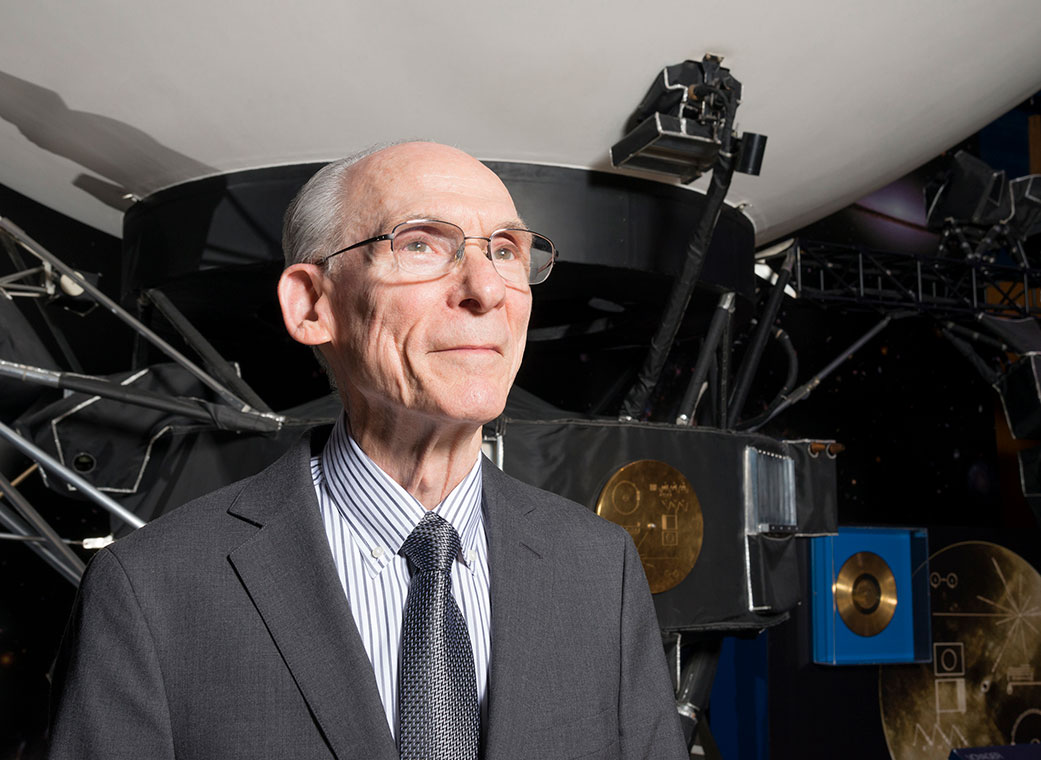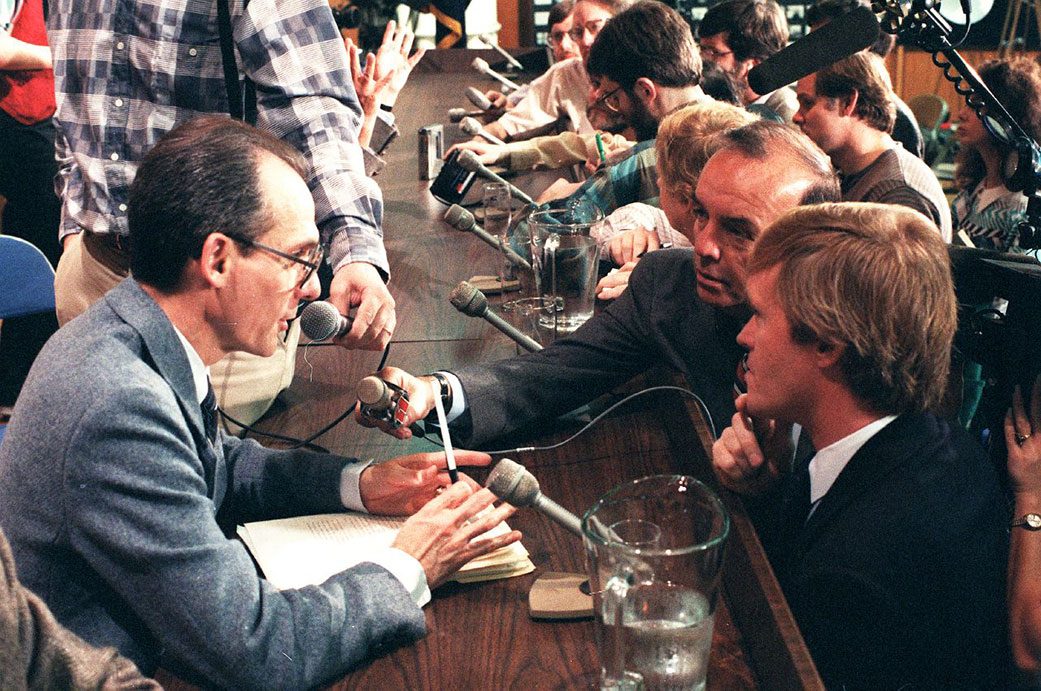The scientific director of the Voyager mission, Edward Stone, has retired. He held this position for fifty years, which is an unprecedented case in the history of NASA.

Edward Stone was appointed head of the Voyager program in 1972, five years before the start of the historic journey of the two probes. To date, he has remained the sole scientific director of the mission. Under his leadership, both spacecraft studied all four giant planets of the Solar System, and also became the first man-made objects to enter interstellar space.
86-year-old Stone remained the last participant in the Voyager program, who stood at its origins (the last engineer from the original project team, Larry Zotarelli, retired in 2015 at the age of 80). It is not surprising that his retirement has an important symbolic meaning. We can say that the last thread that stretched from the first days of the program was broken with it.

Stone himself commented on his retirement as follows: “It has been an honor and a joy to serve as the Voyager project scientist for 50 years. The spacecraft have succeeded beyond expectation, and I have cherished the opportunity to work with so many talented and dedicated people on this mission. It has been a remarkable journey, and I’m thankful to everyone around the world who has followed Voyager and joined us on this adventure”.

The American astrophysicist Linda Spilker will take Stone’s place. She participated in the Voyager program during spacecraft visits to giant planets, and also served as the scientific director of the Cassini mission until its completion in 2017.
As for the pair of Voyager probes, they still remain in touch with Earth and transmit data from their scientific instruments. According to recent estimates, the energy generated by the radioisotope generators of the devices will be enough to maintain their operation until about 2025.
According to https://www.nasa.gov
Follow us on Twitter to get the most interesting space news in time
https://twitter.com/ust_magazine

